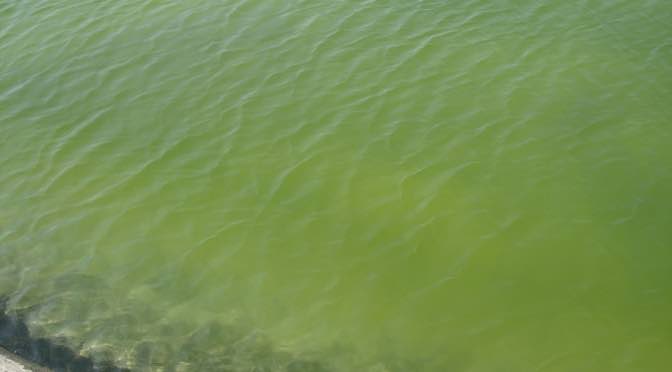
1. Deep-Green Pond Water :-
1. Deep-Green Pond Water :-
• Feed and fertilizer application should be stopped temporarily.
• If necessary, water should be exchanged.
• Lime @ 150-200 kg/ha should be applied.
• Silver cap can be released for biological control.
• In small ponds cover whole pond part by part with duck weeds or other floating weed like water hyacinth, Pistia etc. to reduce the amount of sunlight entering the pond. This will result in the death of algal cells. Introduction of aquatic plant will also reduce the nutrient level in pond water and thus discourage the multiplication of phytoplankton.
• Copper sulphate @ 1/100 of the total alkalinity of pond water is good for controlling blue-green algae.
• Chemical (algicide) like Diuron, simazine (Tafazine) @ of 3–5 mgl-1 can be applied.
• Algae thrive in poorly oxygenated water. Your pond will get an immediate boost if you install a waterfall, fountain, or aerator to agitate the pond surface and help release gases such as CO2. This also enables the water to absorb more oxygen, which will, in short time, help reduce the presence of algae.
2. Muddy Pond Water :-
• Pond dyke should be renovated, compacted and properly covered with vegetation, so that when it rains the banks do not disintegrate and the soil does not get washed into the pond.
• Prevent surface runoff from entering to the pond.
• Limit the access of cattle, buffalo etc. to the pond to prevent erosion of dykes.
• Do not stock large number of bottom dwelling fish like common carp in ponds, particularly in shallow ponds.
• Manually clay turbidity can be removed by using rice straw (tied in a bundle and put under the pond water) or cottonseed meal. However, larger amounts of material needto be added to the pond, which may deplete dissolved oxygen level.
• Application of alum @ 15-25 mg l-1 (150-275 kg/ha) can remove turbidity from most of the water. Lower concentrations should be used for moderately turbid (less than 12-inch) waters and higher concentrations for highly turbid (less than 6-inch) waters. As alum makes water acidic in low alkalinity ponds (less than 60 mg l-1 as CaCO3), add ½ part hydrated lime for every part of alum applied to maintain pH.
• Gypsum is a neutral salt and will not affect the pH of the pond. Although not effective as alum, it can be used @ 100- 300 mg l-1 (1000-3000 kg/ha) for turbidity control. In hard-water ponds (calcium hardness greater than 50 mg l-1), water is nearly saturated with calcium, and gypsum may be ineffective. In that situation, alum only will be an effective coagulant for turbidity control.
3. Red Layer on Pond Water :-
• The red layer floating on the pond surface can be pulled and picked up using a rope made by coiling rice straw or banana leaves.
• Spreading urea 2- 3 times @ 25 -30 kg/ha on the pond surface may give good result.
• Alum @ 25-30 kg/ ha can be applied to the water to reduce the red bloom.
4. Oxygen Depletion In Pond and Fish Grasping For Air :-
• Agitate the pond water by splashing, swimming, beating with bamboo poles, re-pumping with the help of a pump or using a mechanical churner/aerator.
• Add freshwater in the pond by pumping it from nearby sources.
• Apply potassium permanganate @2–3 mg l-1
• Apply lime @ 150-200 kg/ha and rake up the bottom.
5. Floating of Fish After Rain :-
• Water pH should be measured after rain.
• Quick lime / dolomite 20-25 kg/ha should be used.
6. Excess Ammonia
• Stop fertilizer and feed application after reducing stocking density.
• Stop using lime and control pH, as higher pH favors ammonia toxicity to fish.
• Exchange 30 – 50 % of water, if possible.
• At the preliminary stage table salt @ 80-100 kg /ha /meter water can be applied.
• Zeolite can be applied to absorb ammonia.
• Provide aeration in pond, as it will increase dissolved oxygen concentration and decrease pH; thereby reducing ammonia toxicity.
7. Hydrogen Sulphide:-
• Frequently exchange pond water to prevent building-up of hydrogen sulphide in pond.
• Apply lime to increase pH of water, as toxicity of hydrogen sulphide decreases with increasing pH.
8. Black Mud at Pond Bottom:-
• Before fish stocking, excessive bottom mud should be removed.
• If mass mortality of fish fry is observed during culture period:
• Water should be exchanged right away and fish density should be reduced.
• Bottom raking twice in a month will remove entrapped obnoxious gases from the mud.
• Avoid manure application.
• Apply lime and allow maximum sunlight.
9. Excess Feed Application :-
• The exact feed quantity should be determined before application. Do not provide more feed than can be completely eaten in 10 minutes (food remaining after this time is seldom eaten and pollutes the water).
• Reduce feeding rates at high and low water temperatures.
• Do not feed after sundown or at night when dissolved oxygen levels normally decrease.
• Feed on a regular schedule at the same time each day.
• Use floating pellets to allow for observation of feeding activity and general fish health.
• Use the pellet sizes recommended for the size of the fish grown.
• The excess mud built up at the place of food application should be removed from time to time.
• If fish suddenly cease feeding, stop feeding and check for low oxygen, diseases, or other problems.
10. Larger Aquatic Plants in Pond:-
• Drying and desilting of ponds every 1-2 years;
• Mechanical harvesting;
• Increasing phytoplankton turbidity (fertilizing);
• Herbicides application.


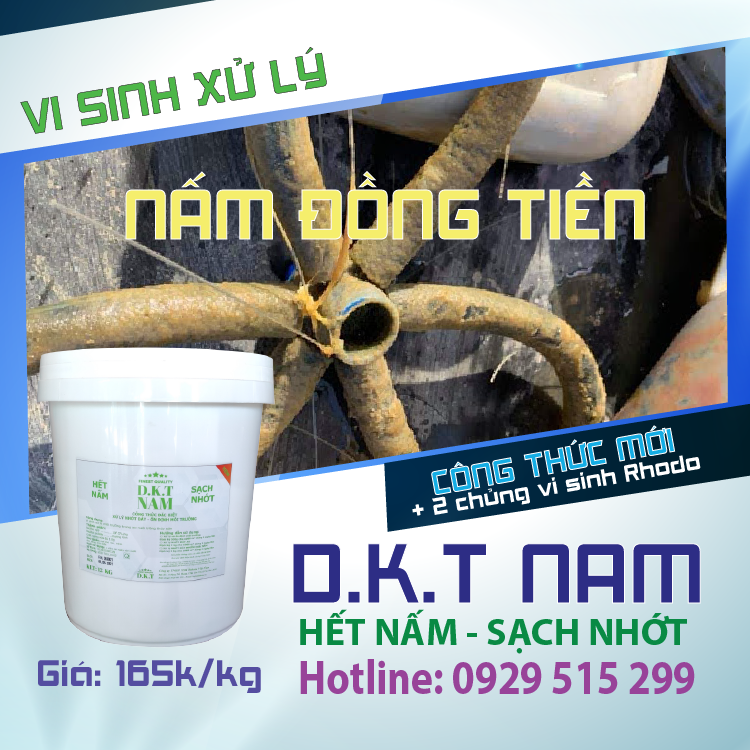

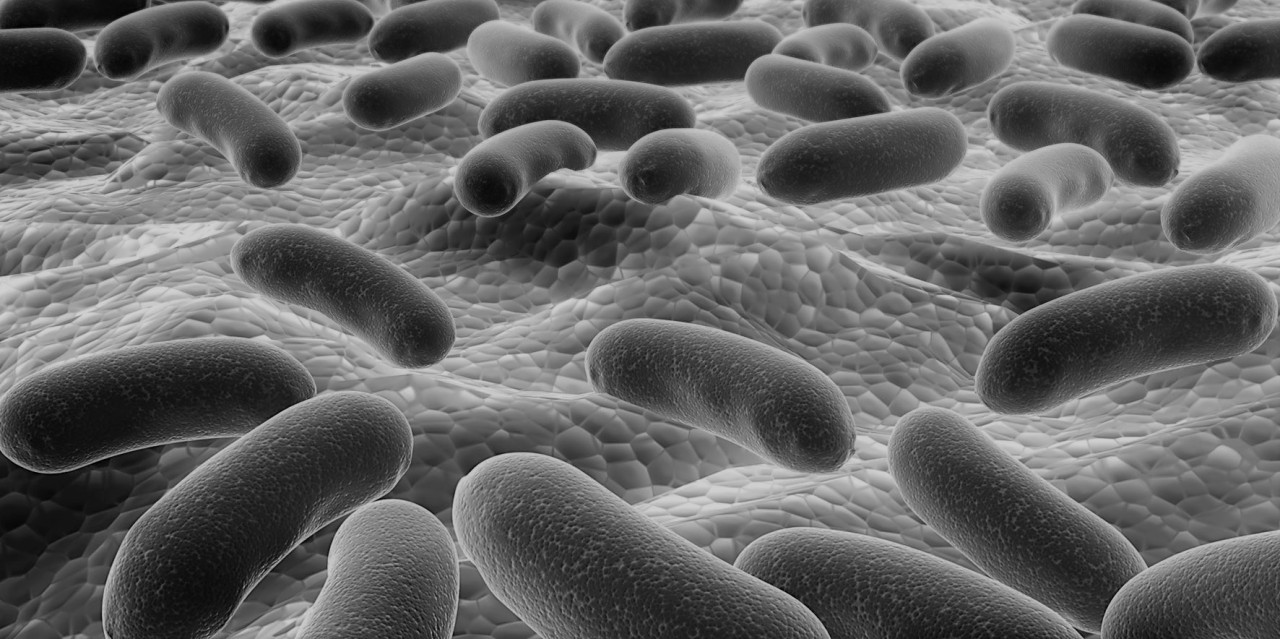
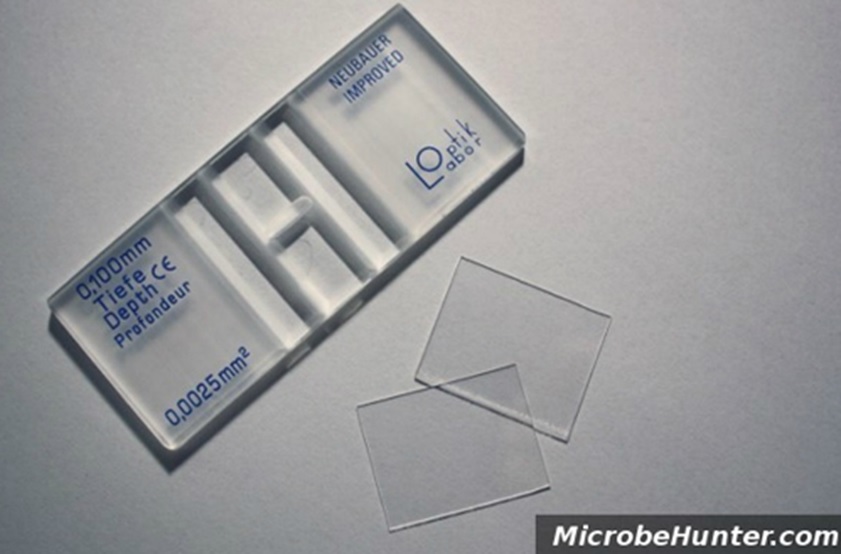
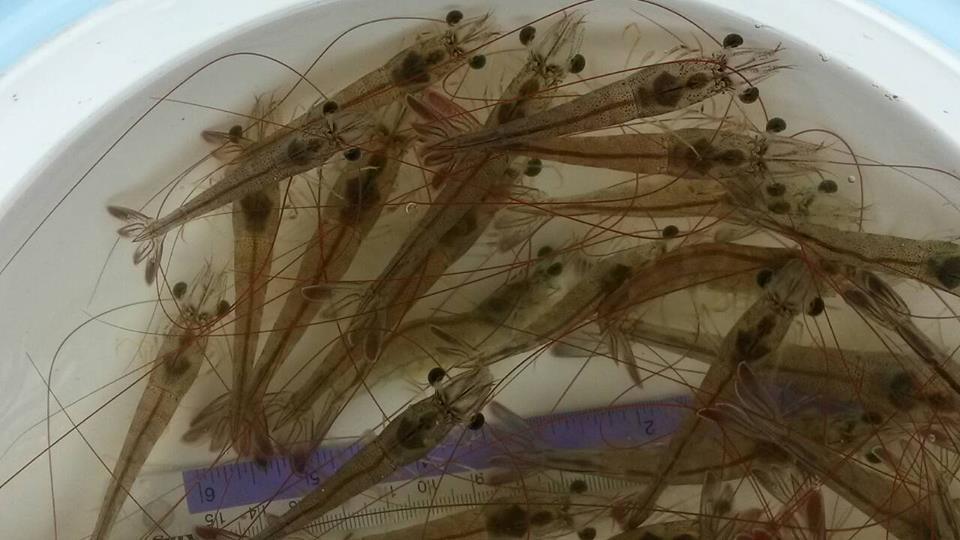
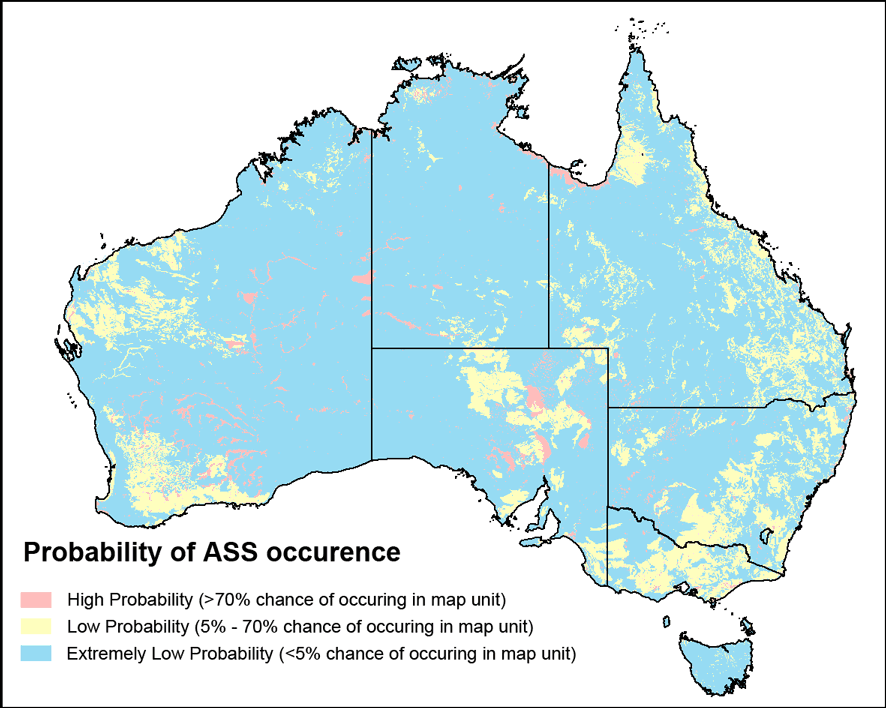
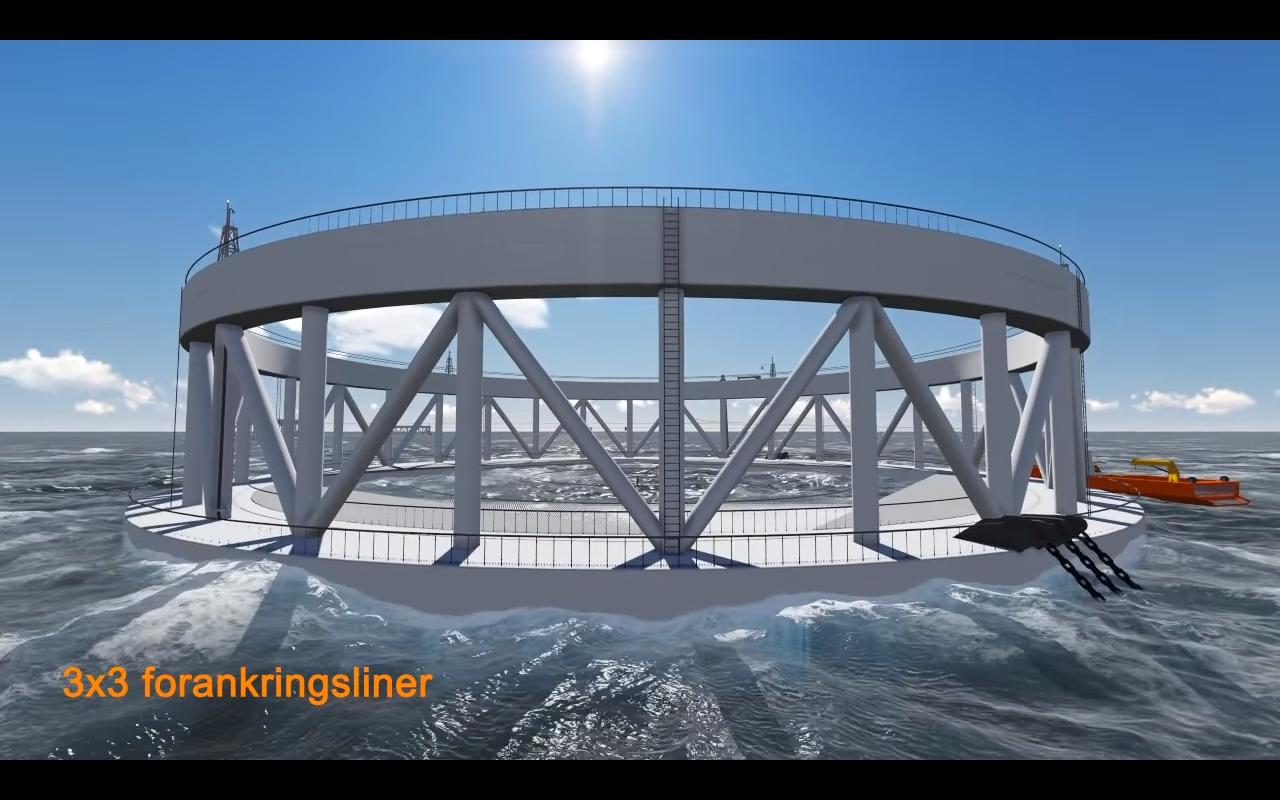
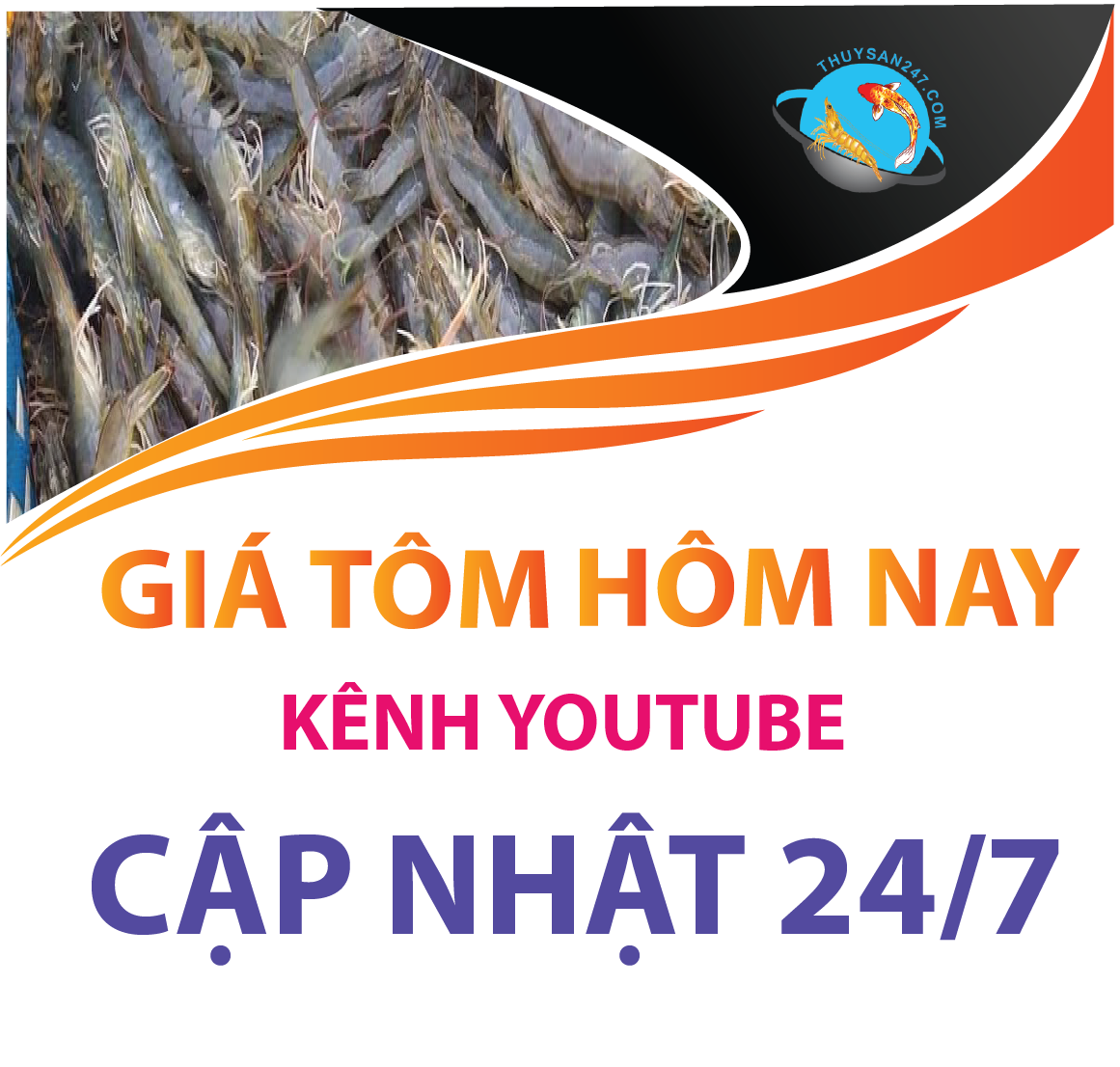
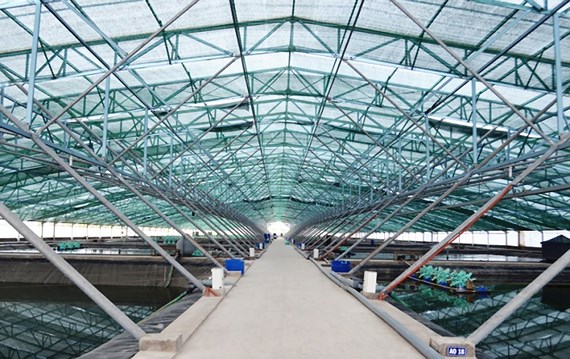

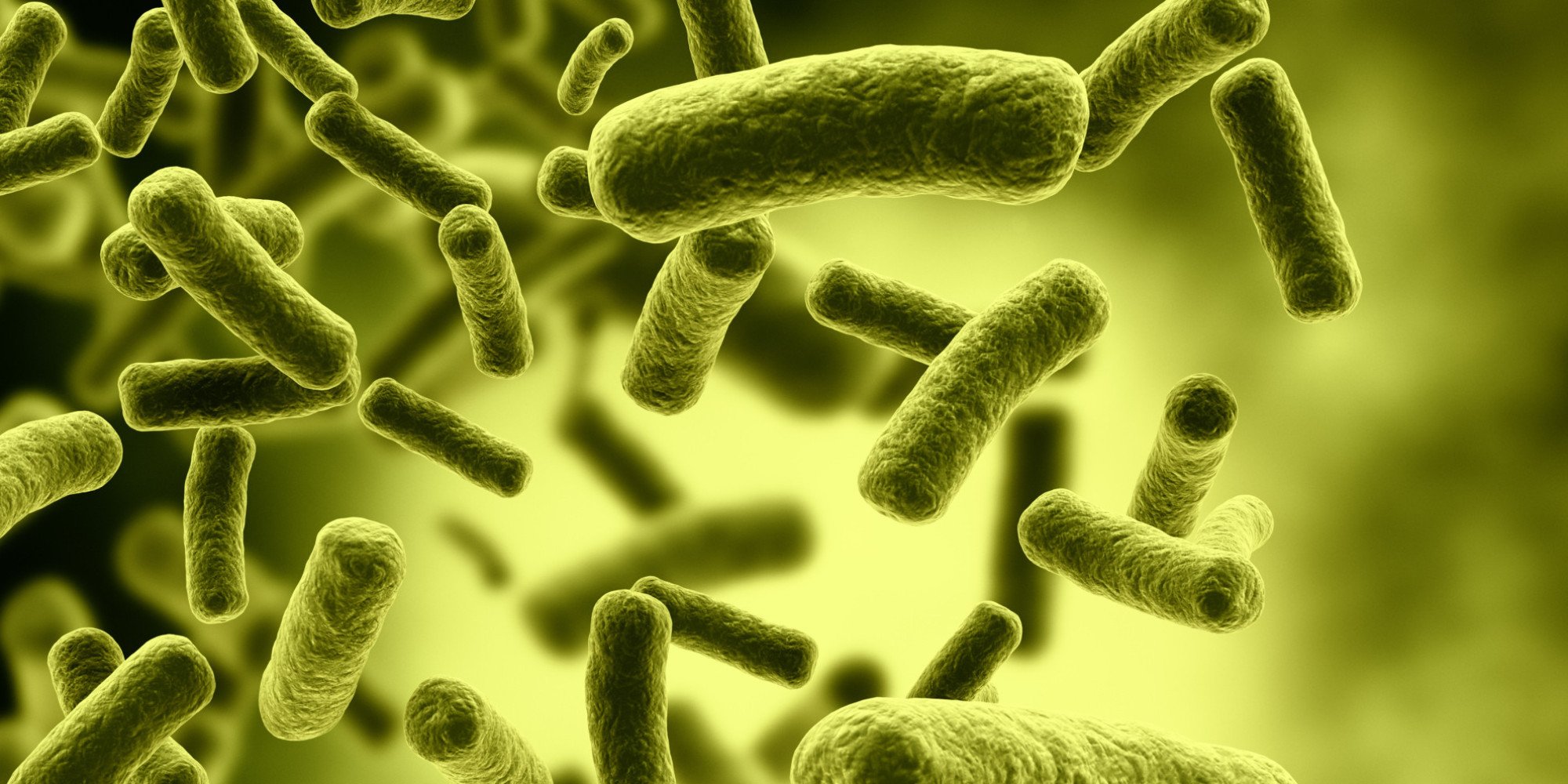
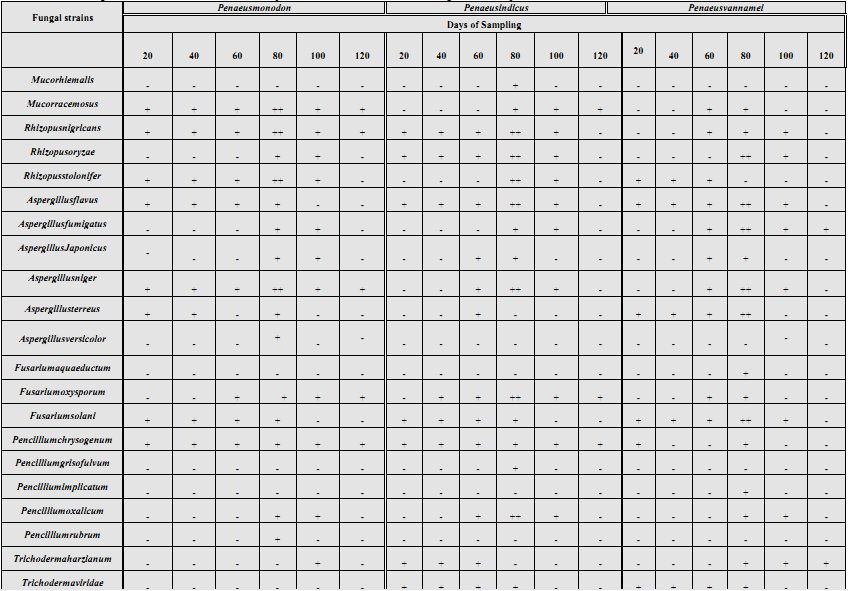
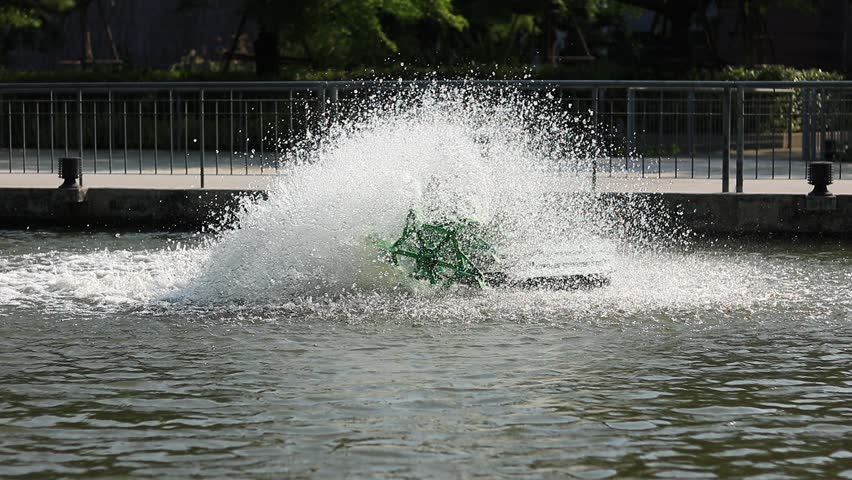
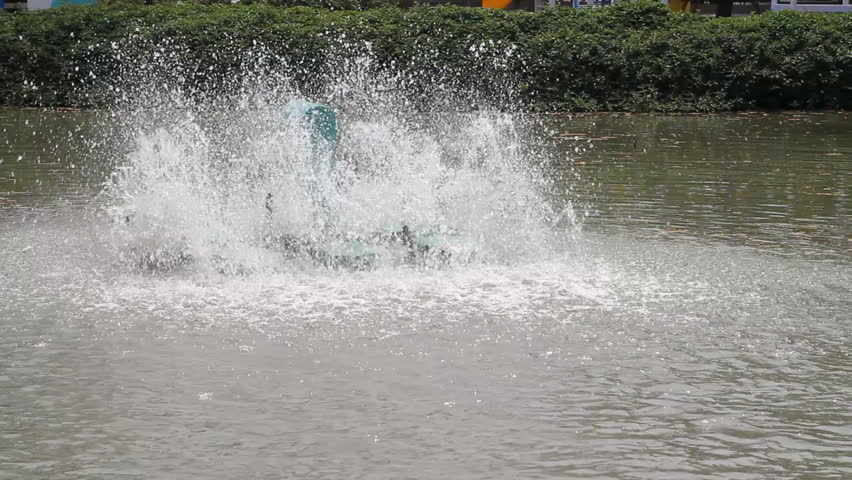
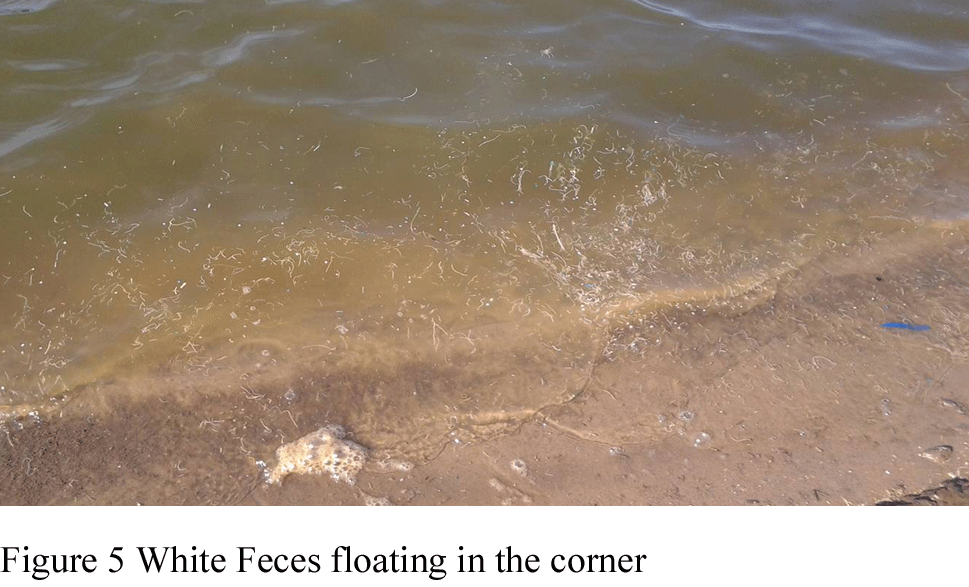
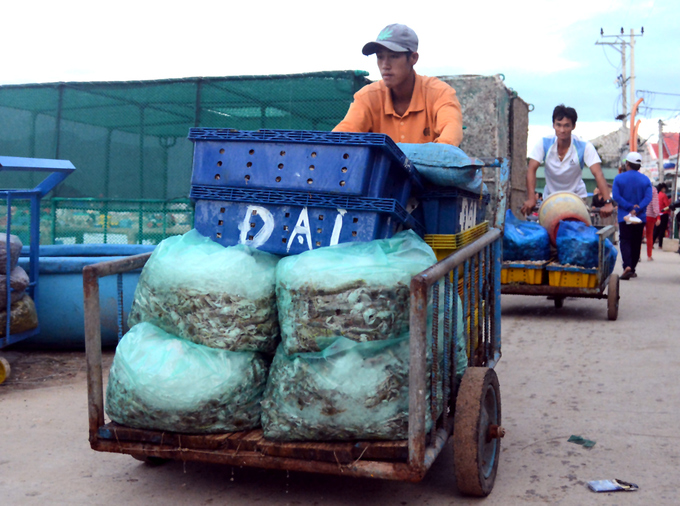

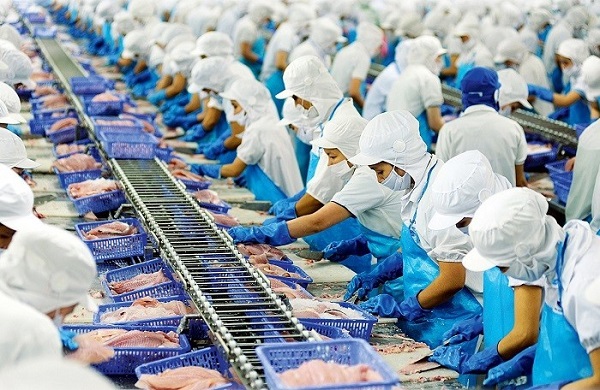

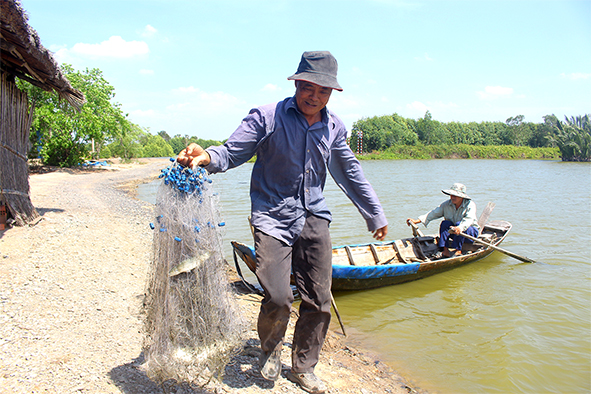
Bình luận bài viết